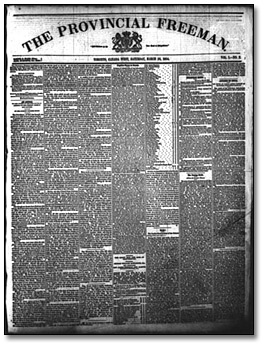Editorial
The Great Crash of 1929 in Canada
The following article is an editorial written by The Canadian Encyclopedia staff. Editorials are not usually updated. In late October of 1929, terror seized the stock exchanges of North America. Capitalism’s speculative party, with its galloping share prices and its celebrity millionaires, came to an abrupt stop. The Great Crash, it was called, and it was followed by the Great Depression.










